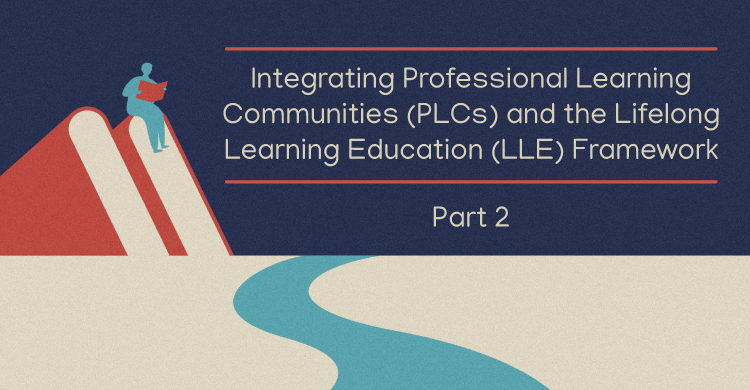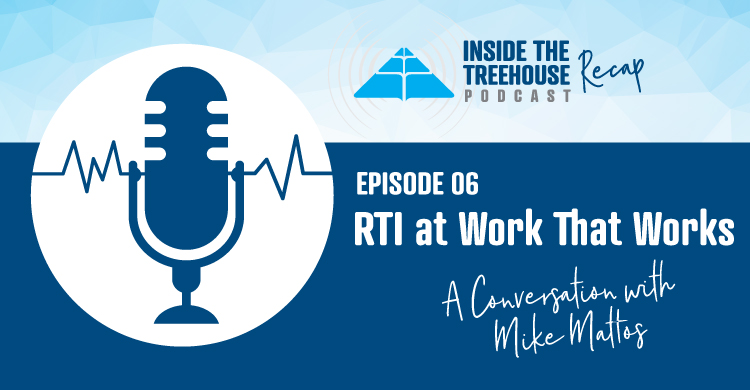Whether it’s “RTI” or “RTII” (Response to Intervention and Instruction), the acronym is more than just a popular buzzword. It is a substantive reality in the districts, schools, and classrooms of today. Some claim to have been “doing RTI” for years now, and others believe it’s an extant concept that we must figure out how to “implement with fidelity.” Historically speaking, RTI was birthed out of a response to special education reform, and it quickly grew into a general education initiative, as it was evident the entities are really integrated systemically. Today, you will find many models, perspectives, and approaches to RTI. Focusing on the complexities and moving pieces and parts can be downright overwhelming. It’s no wonder there is a struggle to embed the principles and practices of RTI with success, as the lens have already been fogged up with the breath of complex systems, rules, rigid structures, laborious paperwork, and a plethora of intervention solutions. The transition to incorporating RTI into the existing traditional school and classroom routines can result in a floundering amalgamation of the “good ole days” and the future with neither integrating very well.
With a few straightforward “rules of engagement”, we can adapt successful RTI practices while making room for the creativity and flexibility that allows for learning with no limits:
- Break the old rules: We’re not talking about challenging state mandates. This is about being arduous in creating structures for learning. Do we always have to pull students out to receive interventions? Even the reactive response, the push-in approach, has become orthodox. Do we really need to have intervention time at the same time, the same way, each and everyday? If the purpose of RTI is to systematically facilitate differentiated learning experiences for students with differentiated support (differentiation in time and strategies) at high levels, the old rules must be confronted. An example of an innovative structure is the concept of daily student “playlists,” based on a preceding day’s evidence of learning.
- Talk about it.: Create a rhythm. Teachers already work in a structure that embodies collaboration: weekly PLCs (or team meetings, team planning, data team meetings, etc.). Most importantly, set the expectation of high levels of learning for all, create the attitude that all staff work on behalf of all students, and make a growth mindset for all a habit. Expectations, attitudes, habits – that’s RTI – a new way of thinking and behaving. What a golden opportunity to ostensibly reflect on instructional practices, provide feedback and ideas, and talk about respective interventions that work or don’t work for specific learners. Your team (PLN, tribe, etc.) is your best resource. Optimize each other!
- RTIII- Response to Intervention and Instruction Innovatively: Our successful responses to student needs require innovation. Let’s continue to think creatively about RTI strategies that engage and motivate students, being smart with evidence, and identifying the underlying drivers for student learning success, as well as the roots of student difficulties. Innovation will most likely necessitate that we reject the Tyranny of the OR and embrace the Genius of the AND. Entrenched ideological beliefs and practices will never serve all students, or even a single student’s various needs. Ideology inhibits innovation.
Sometimes educators become complacent and choose the status quo because it’s easy to follow the rules in a procedural manner. But we must consider the significant consequences of staying in that rut. Transforming change and innovation is (must be!) synonymous with learning and with every aspect of learning environments. The implications of RTI transcend well beyond structures and compliant driven processes. We must uncover RTI beyond a trivial level and create a reimagined vision of why we are here and how that vision guides our work. Our work must be guided by the vision that together we will ensure all students’ success.
[author_bio id=”77″]
[This is a post by author Chris Weber and guest contributor Nathan Lang.]






